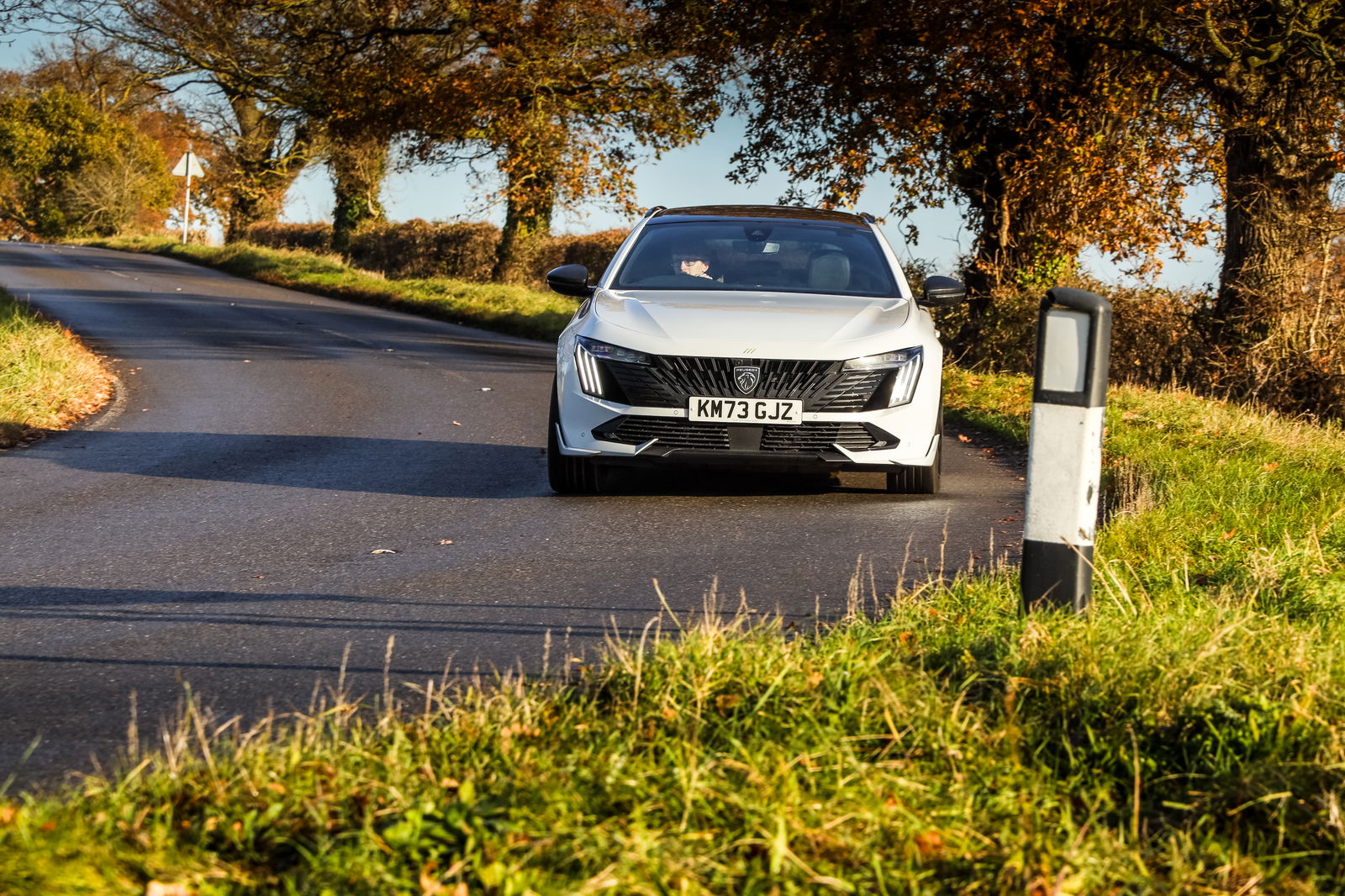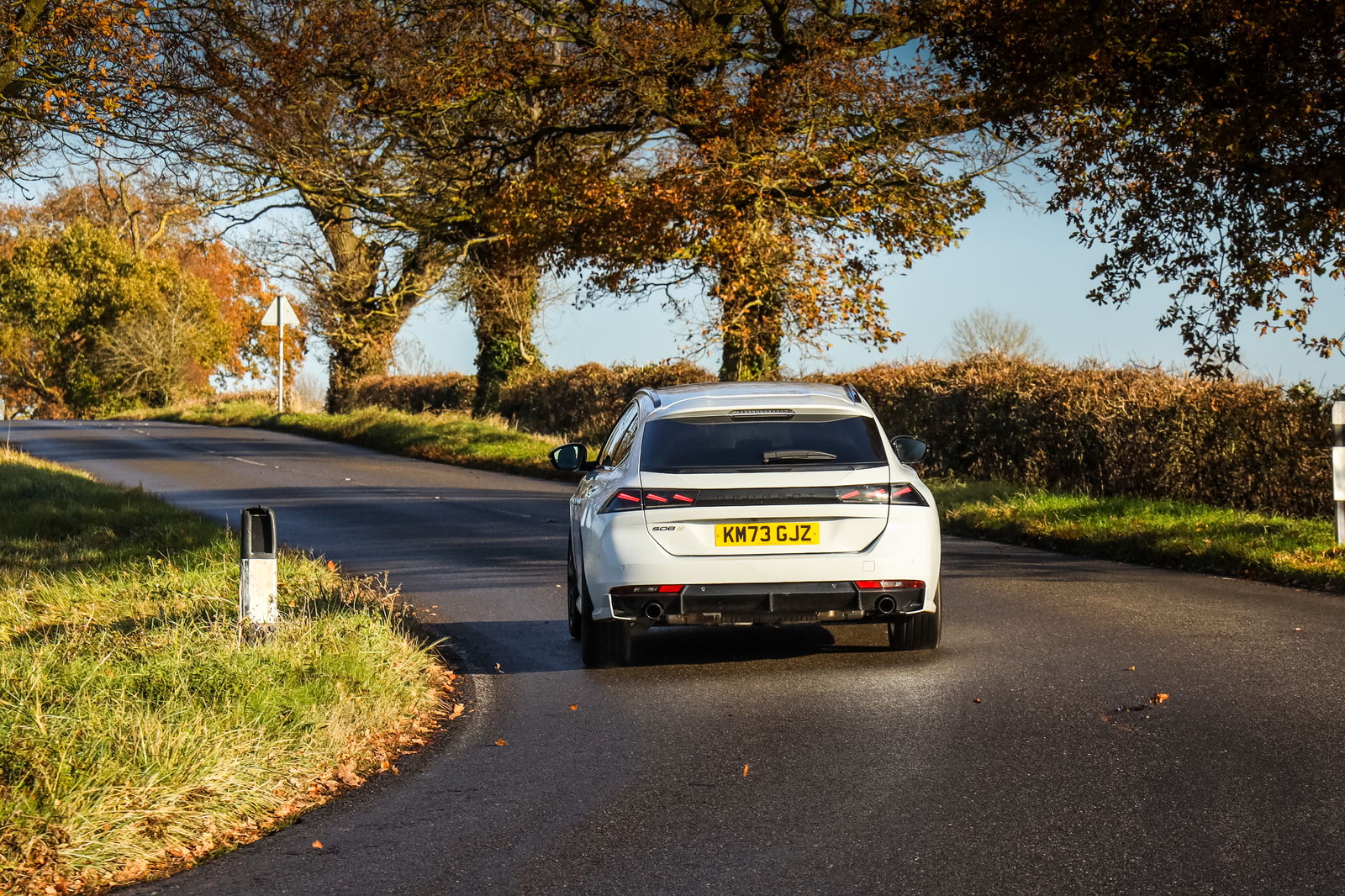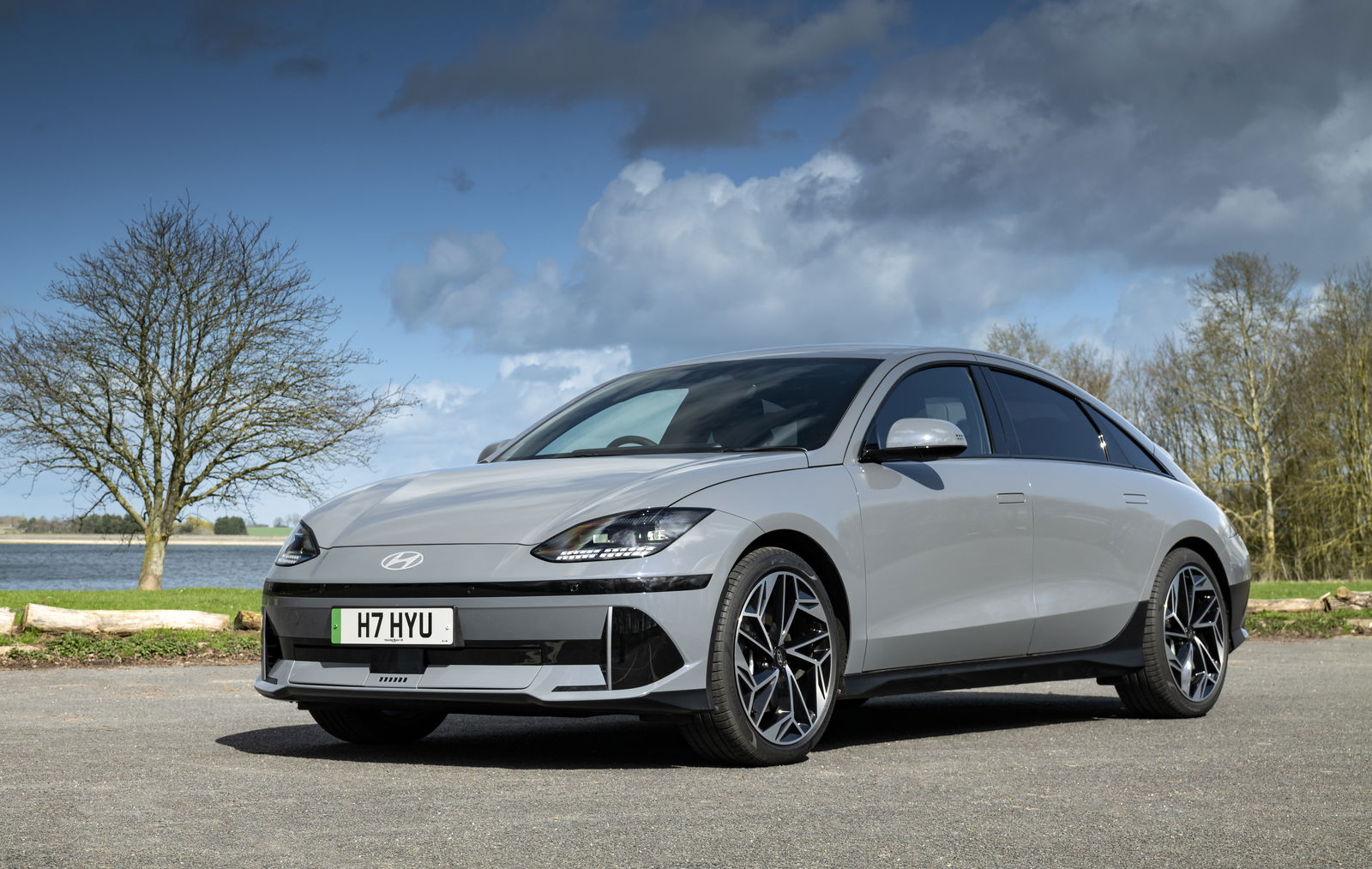Peugeot 508 PSE Review: Still The Best Fast Pug In Years, Still Flawed

Pros
- Looks fabulousEngaging to drive
Cons
- Clunky gearbox calibrationA hard sell compared to flashier rivals
If you’re after a fast saloon or estate, there are a few obvious starting points. Audi’s S and RS ranges have a few options, for example, and you’ll find plenty of choice at BMW, be it a half-fat M Performance machine or the full-fat M Division experience. But Peugeot? The French brand is likely to be rather far down your list of considerations if you think of it at all.
It shouldn’t be a surprise, then, that the 508 PSE hasn’t exactly set the world alight when it comes to sales, whether it's the ‘SW’ estate or the saloon-ish-shaped hatchback. Undeterred, Peugeot carried the car over once it was facelift time for the 508. And yes, it’s called the same thing, which means its full name is still the Peugeot 508 Peugeot Sport Engineered. Apparently, someone at the company was taking notes when the Ferrari LaFerrari came out.
Mid-life nip and tucks are usually pretty much that - subtle tweaks that aren’t easy to spot at first glance. Not so with the 508, which gets a dramatically restyled face incorporating a massive new, toothy grille framed by completely different light clusters. Vive la difference.

We get why Peugeot has done this - the changes bring the car more in line with the brand’s 9X8 Le Mans Hypercar and other recent models like the new 308. The thing is, one of the best things about the old car was the way it looked - it wasn’t crying out for such a significant stylistic rethink. It could have done with some mechanical changes, but there aren’t any here. Hmmm.
In any case, the rejigged 508 looks gorgeous, especially in PSE form, retaining its acid green detailing and trio of winglets along the bottom of each flank. Two-tone, diamond-cut, 20-inch wheels complete the car nicely.
The interior is a little more familiar, which is mostly a good thing. The 508’s cabin continues to be a plush, stylish space, now upgraded with a new and far better 10-inch infotainment screen. You still get Peugeot’s atypical layout of a tiny steering wheel beneath a high-set instrument binnacle which will force a lot of drivers (myself included) to adopt a different driving position from what they’re used to. If they want a clear view of that cluster, that is.

And so, I’m having to adjust the wheel so I feel like it’s sitting on my lap, before raising it a little bit and missing off the bottom of the digital instrument cluster. Thankfully, that annoyance is quickly forgotten on the move. The 508 PSE is a lot more interesting to drive than I remember it being, with a real urgency to its plug-in hybrid powertrain.
It consists of a 1.6-litre inline-four petrol engine which on its own pumps out a respectable 197bhp, allied to a pair of motors - one on the rear axle and another living in the automatic gearbox - producing around 100bhp apiece. That sounds like this is going to be a 400bhp car, but as is often the case with PHEVs, the various components at play here don’t make peak power at the same time.

In any case, the actual figure of 355bhp plus a 0-62mph time of 5.2 seconds isn’t to be sniffed at, and also, at full throttle, the 508 PSE feels a bit quicker than those numbers suggest, probably helped by the motors effectively combating turbo lag. The internal combustion component of all this makes a surprisingly decent din, too.
What really impresses is how resolved the chassis is. For once, we have a modern performance car that flows effortlessly with undulations on the shoddy surface of a typical British country road, regardless of how firmly the suspension is set. The 508 still stays level in the corners, and the steering has a well-weighted, natural feel to it. And yes, that dinky wheel does come into its own when the going gets twisty.

What’s particularly interesting is the way the 508 behaves mid-corner with a well-timed application of throttle. While the electric motor on the rear axle is far outmatched considerably by the motor and engine combination at the front axle in terms of power, it does a mighty fine job of balancing the car out, quelling understeer and in some cases even giving a little hint of oversteer. It makes for a car that’s much more interesting to drive than something like an Audi S4.
There are, however, times when the 508 PSE can’t hide its weight, which thanks to the presence of a 12.4kWh battery pack is considerable, Nearly 1900kg, in fact. That we can live with, but what’s more of a gripe is the gearbox. There’s a noticeable lag between putting your foot down and anything happening. The interplay between the electrical and combustion parts of the powertrain could be slicker during normal operation, too - it can sometimes feel like the car’s having a hard time juggling everything.

In terms of practicality, the 508 does reasonably well for itself in this estate form. For one thing, it doesn’t lose any boot space relative to the pure combustion versions of the car, offering 530 litres with the seats up, or 1,780 when they’re all down. Then again, there’s also a fairly hefty rake to the roofline, trimming down rear headroom and making it harder to load in especially bulky cargo.
Meanwhile, the battery gives an official electric-only range of up to 34 miles, which is fairly modest these days, and in any case, Somewhere in the low 20s is the best you can hope for IRL.

And yet, I can’t help but come away from a week in the 508 having really warmed to it. The problem is, will the buying public? We haven’t been able to get hold of sales figures, but you certainly don’t see many of these about, and the handful of used examples suggests that few have taken the plunge.
That’s the problem with charging £53,725 for a Peugeot - people are going to start unfavourably comparing the 508 with cars wearing fancier badges, like the aforementioned Audi S4 or the BMW 330e.
Hopefully, with that striking new face, a few more people will be convinced this time around.



Comments